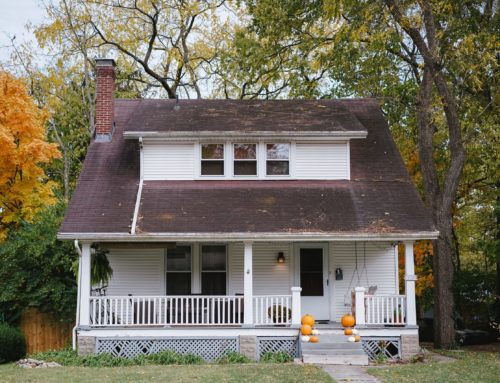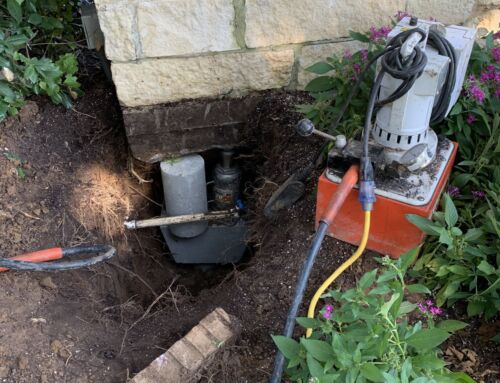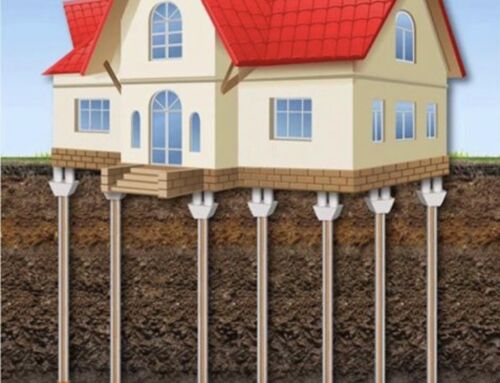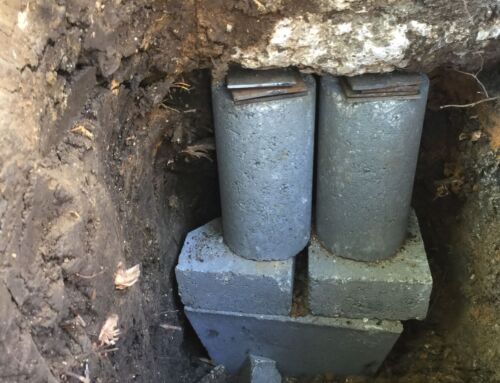Proper foundation drainage is essential for keeping your foundation maintained. If there isn’t proper drainage around your foundation, water can cause a lot of damage to foundations especially if you are in an area where it rains frequently. Minimizing the potential for water damage is important for both slab foundations and pier and beam foundations.
Detecting Water Damage in Your Foundation
The most common method of detecting if your foundation may have water damage is by seeing if there is standing water. After it rains, inspect around your foundation. Having even just one inch of standing water could be a warning sign of potential water damage. Finding a good foundation repair company is essential in determining if your foundation has water damage.
Your first step should be to contact your foundation repair company so that they can perform an evaluation of your foundation. If water damage is found, recommendations can be make to determine if repairs need to be made or if a drain should be installed. Don’t forget that this can apply to both residential and commercial foundations.
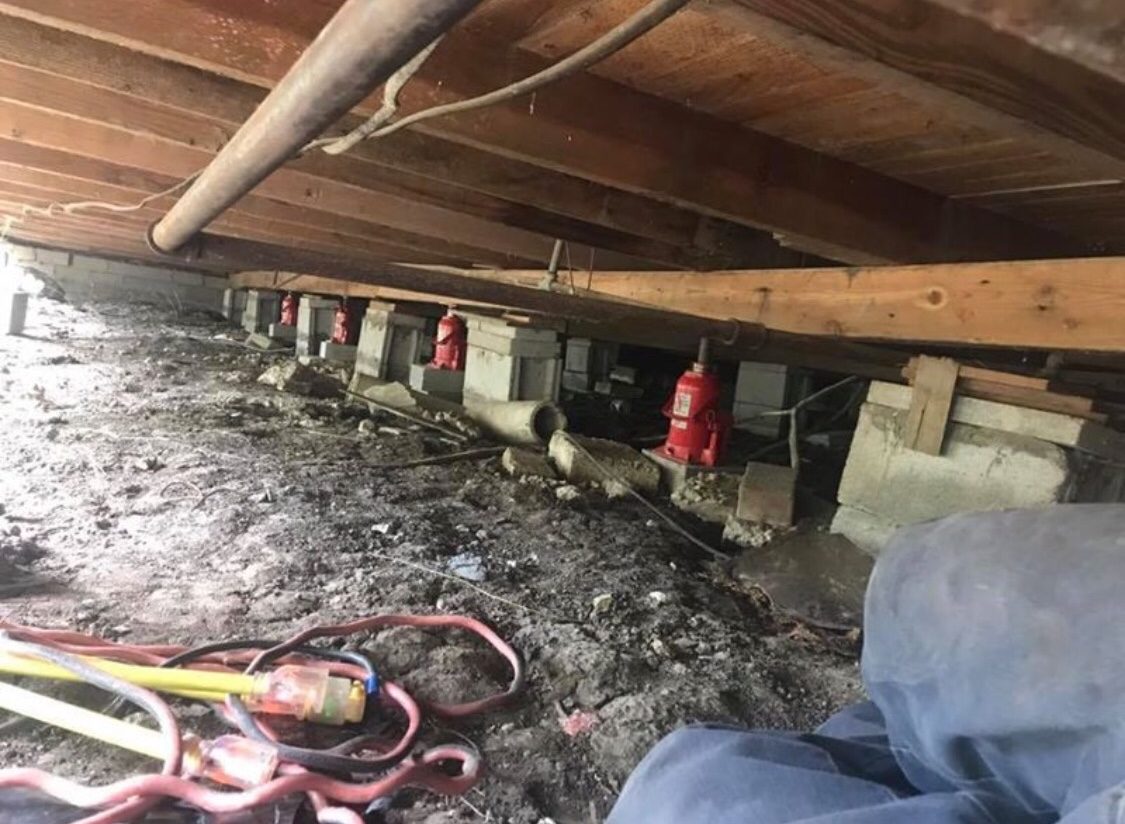
How to Avoid Water Damage and Costly Foundation Repair
If you have a slab foundation, water damage can cause a slab foundation upward which is also sometimes referred to as an upheaval. Excess water can cause a lot of pressure on a slab foundation and cause the foundation to raise up. This movement of the foundation can cause serious damage to your foundation. Having cracks in your foundation or if your foundation isn’t level, it’s important to act now rather than later which can save you thousands of dollars in future repairs.
Being mindful of your foundation’s condition and water accumulation after heavy rains is very important to avoid water damage. This is equally as important if you have a pier and beam foundation. If excess water is getting into the crawlspace, this can also lead to costly repairs if left unattended. The water will cause moisture levels to become elevated which can cause mold, mildew and even rot.

